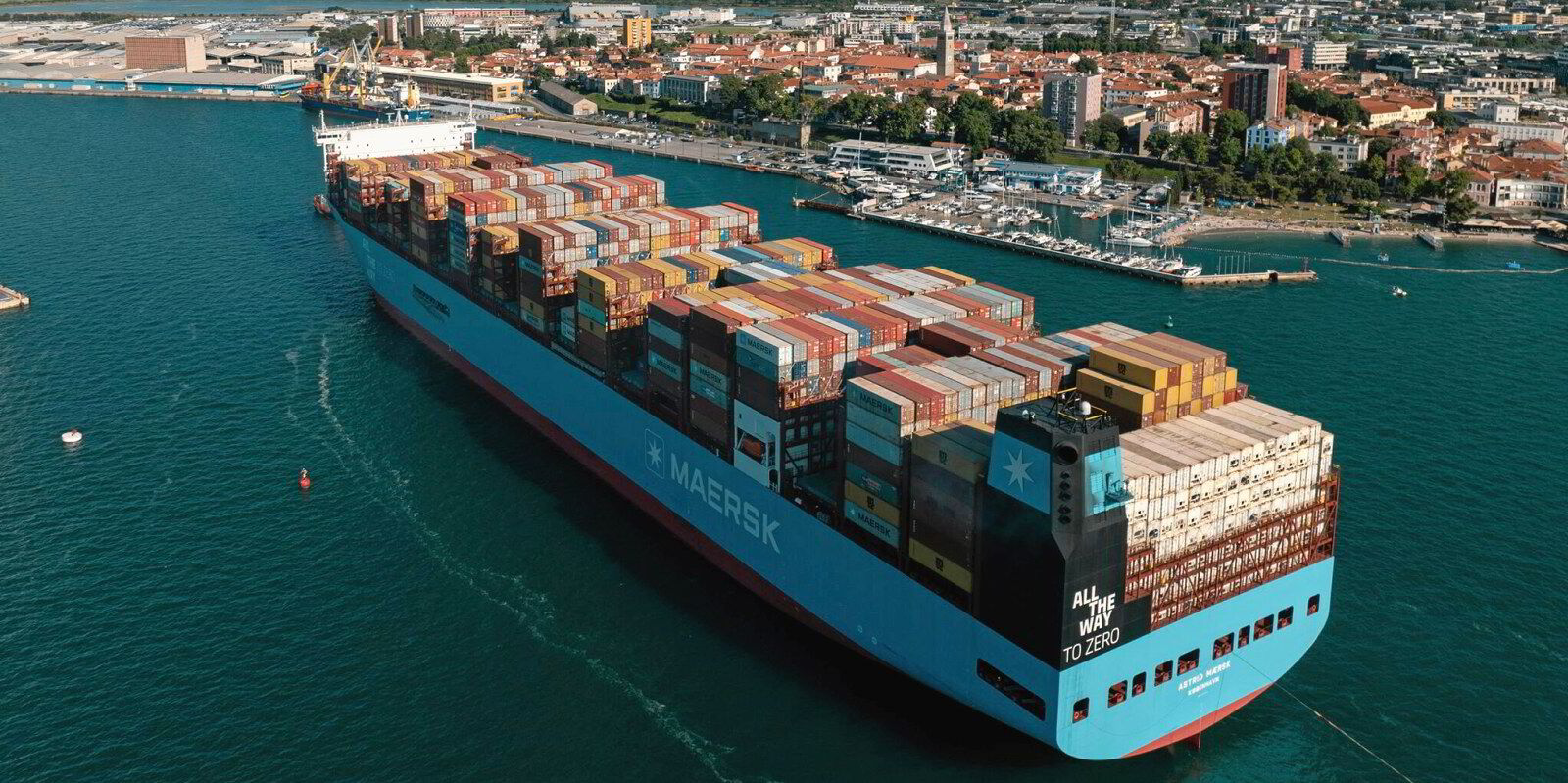Shipping could rack up €1.35bn ($1.46bn) in penalties in 2025 under the incoming FuelEU Maritime regulations, with a potential new market emerging for the sale and purchase of surplus energy volumes according to experts.
It all stems from the regulations from Brussels, forcing vessel operators to measure onboard energy use and sources to determine if this energy volume is above or below a given green benchmark.
Vessels will either be in surplus or deficit. Those in deficit will be forced to either get hold of energy surpluses from cleaner ships, borrow from the next year, or, most likely, pay a fine.
A study published by Hamburg-based technology firm OceanScore suggests that the bulk of the penalties will be borne by the container shipping sector, which will account for about 29% of the fines. That is more than twice the portion to be paid by ropax, tankers or bulkers.
DNV’s maritime emissions expert, Helge Hermundsgard, said he assessed European traffic data for 2022 and concluded that there could be up to seven times more deficit than surplus when the data for 2025 is finalised.
“Unless there is a significant uptake of lower-carbon fuels there will be quite a few companies being forced to do the penalty option,” he warned.
Any vessel with a surplus for a given year under the FuelEU Maritime can bank it for a subsequent year. But Hermundsgard does not see this as a good option for all vessel operators.
“If you bank something you are not getting an interest off it, so it is a bit of a stupid idea financially,” he said.
“You are better off selling it and monetising it. It will be interesting to see if there will be a marketplace and I think we will see something in that field at the beginning of next year.
And this, said OceanScore managing director Albrecht Grell, is where companies need to have a corporate strategy.
“This will require, to a higher degree than the EU ETS [Emissions Trading System], a corporate strategy to determine how to reduce the compliance balance/deficit, how to commercialise a surplus and deal with deficits that remain.”
FuelEU maritime requirements kick in from January 2025, with vessels caught in the system expected to reduce their energy intensity by 2% compared with 2020 data. The percentage increases every five years.
FuelEU Maritime will require vessels to report energy used on board — this is different to the ETS which is emissions related to the fuel use.
Hermundsgard said he has spoken to owners who have begun making arrangements to secure biofuel stems as this is a quick win, as biofuels, measured from a well-to-wake perspective, have lower energy intensity than traditional fuels.
But some vessel types will have a significant surplus, and this is where another compliance method comes into play.
Owners can opt to pass on extra energy compliance to the next year or to share the surplus in a pooling mechanism, which is where a new market could well emerge.
Similarly, operators of vessels in deficit can opt to either borrow from the next year, be part of a pool where there is a vessel in surplus, or opt to pay the penalty.

Hermundsgard gave the example of a vessel which after 2024 finds it has a 100 MJ deficit.
It can borrow that deficit from 2026 but will incur a 10% penalty. So, it will need to account for an additional 110 MJ in 2026.
The penalty may be an option, but this is calculated at $2,500 per tonne of very low-sulphur fuel oil equivalent.
That will result in hefty penalties, despite the modest initial target of a 2% cut in greenhouse gas intensity relative to a 2020 baseline, Grell said.
Liabilities per vessel will differ widely across the various segments due to diversified fuel choices, including greater uptake of biofuels and LNG.
OceanScore said passenger vessels could be penalised the most with an average of €520,000 per vessel annually, followed by ropax at €480,000 and ro-ros at €314,000.
Container ships could incur an average penalty of €214,000, although there are massive discrepancies between vessels.
Some passenger and ropax segments are exposed to penalties of between €1.8m and €2.5m, and some container ships approach €1m in fines, it notes.
The result is driven by higher energy consumption based on vessel size and trading profile.
While penalties will arise for vessels using conventional fuels, surpluses of €669m will be generated mainly by vessels fuelled by LNG and LPG with significantly lower carbon intensity.
Taking that into account, the net cost of FuelEU penalties for shipping from 2025 would be €680m, he noted.








